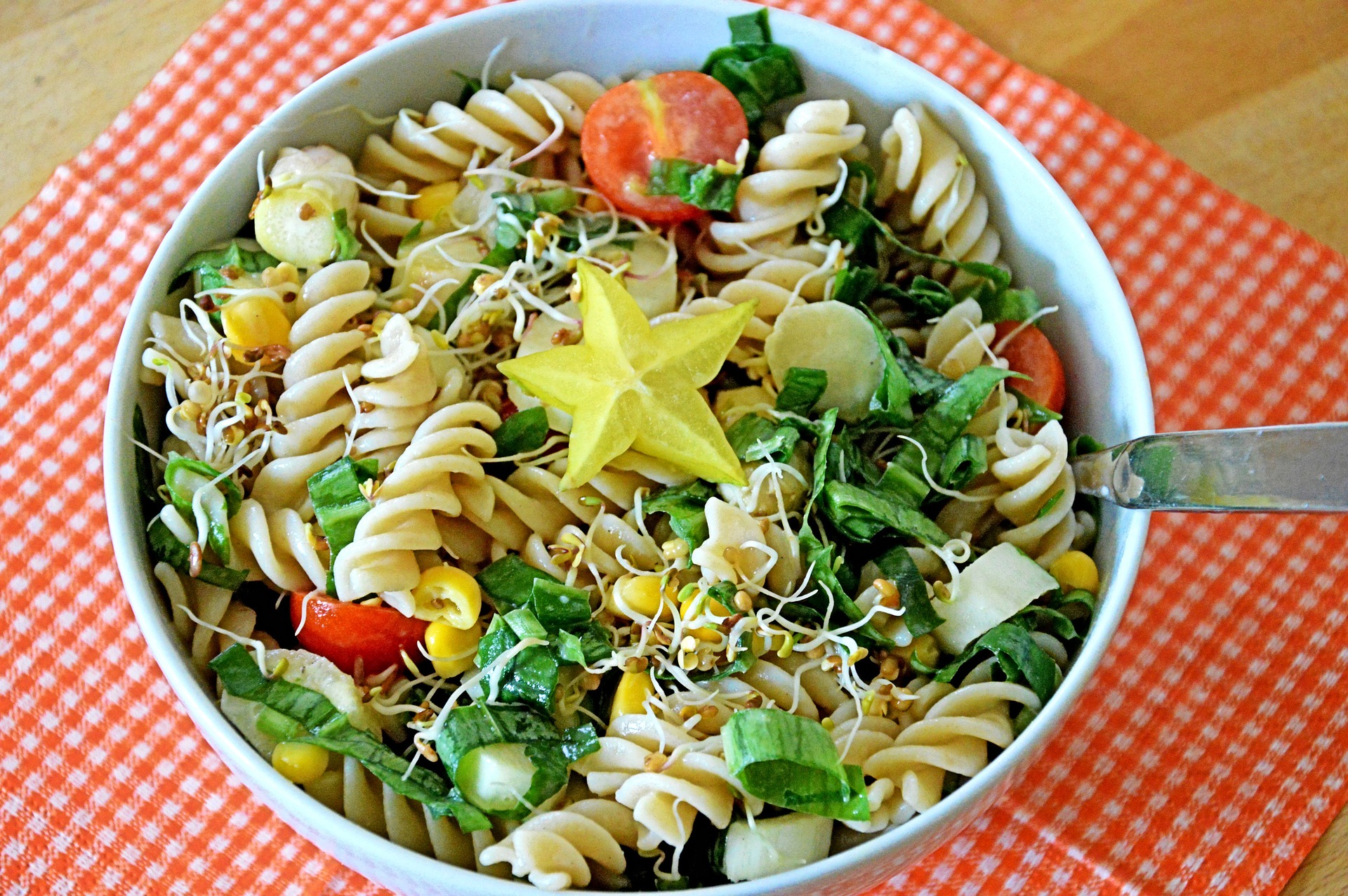- Blog
- Food & Agriculture
- Climate-Friendly School Food
- The School Lunch Recipe for Climate Action
The School Lunch Recipe for Climate Action
by Kari Hamerschlag, Deputy Director of Food & Agriculture

Donate Now!
Your contribution will benefit Friends of the Earth.
Stay Informed
Thanks for your interest in Friends of the Earth. You can find information about us and get in touch the following ways:
Originally posted in SF Examiner.
As California moves to slash greenhouse gases dramatically by 2030, and schools in San Francisco and elsewhere look to reduce their carbon emissions, a key ingredient is missing from the conversation: meat.
Reams of research show that meat-centered diets are a major factor in climate change. Animal-based food production spews tons of greenhouse gas emissions and guzzles massive amounts of water; yet, reducing and improving meat is conspicuously absent from state and global climate repair plans.
Fortunately, some California schools are discovering a fairly simple way to take a big bite out of greenhouse gas emissions by cutting down on meat and dairy — and a school lunch program in Oakland offers an inspiring path forward.
Oakland’s school cafeterias are showing we can reduce our climate impacts and save money by eating less (and better) meat and dairy.
As major institutional buyers and the educators of our future leaders, schools (particularly K-12) are vital to climate leadership. This September, San Francisco’s Board of Education approved a resolution to make The City’s schools carbon-neutral by 2040. San Diego schools have launched a bold climate action plan to make the state’s second-largest district 100 percent renewable energy-powered by 2035.
Yet these admirable steps focus exclusively on emissions from buildings and transit, while ignoring food’s central role in climate change.
Research shows meat and dairy operations are a top source of climate-harming greenhouse gas emissions. California agriculture, particularly large-scale industrial meat and dairy operations, generates 8 percent of the state’s emissions, not including impacts from processing, distribution and related activities.
Yet while 60 percent of California’s climate-disrupting methane emissions stem from livestock production, state and local policymakers ignore the most obvious solution: Downsize meat and dairy emissions by trimming demand for industrial meat and dairy and promoting healthier, more sustainable pasture-based livestock.
A groundbreaking study by Friends of the Earth, in collaboration with the Oakland Unified School District, shows that reducing meat and cheese in kids’ lunches — and serving more plant-based nutritious meals — can generate important gains for the planet. In just two years, the district reduced the carbon and water footprint of its food service by 14 percent and 6 percent, respectively. Meanwhile, the district saved $42,000 by cutting meal costs and served better quality and more sustainable meat from organic, grass-fed dairy cows.
Consider one popular lunch food whose main ingredient comes from methane-belching California dairies: pizza. Friends of the Earth’s analysis found that one serving of pizza carries a carbon footprint three times greater than a tofu-veggie rice stir-fry.
If every California K-12 school food service matched Oakland’s carbon reductions, they would reduce the state’s carbon footprint by 80 million kg of CO2 emissions — equivalent to Californians driving almost 200 million fewer miles per year. Imagine if all food-serving outlets served more plant-based foods and fewer resource-intensive animal foods.
California and local policymakers should adopt this powerful untapped strategy for mitigating climate change. As the state seeks cost-effective solutions to meet its 2030 greenhouse gas emissions reduction target of 40 percent below 1990 levels, the Oakland study shows how large food-serving institutions — including universities, hospitals, business campuses, restaurants and prisons — can shrink our carbon footprint and heal the planet while saving money and improving health. This is a rare silver-bullet opportunity when a single solution can address many challenges at once.
Reducing demand for industrial meat and dairy will help California curb its climate pollution — and save precious water resources to weather future droughts. Currently, animal feed production chews up one-fourth of the state’s irrigated water use. Reducing demand and promoting more sustainable pasture-based alternatives would reduce the widespread nitrate pollution caused by industrial farming’s excess manure.
The shift would help meet consumer demand for better quality, higher welfare animal foods, while building healthier soils to sequester carbon — another key ingredient in fighting climate change.
As one of California’s largest school districts, with 85 schools and 37,000 students, Oakland has created an inspiring model for food institutions to lead the way in curbing climate change. When we can save money, consume healthier food and reduce environmental harm — all while increasing student satisfaction and meeting federal school meal requirements — what are we waiting for?
